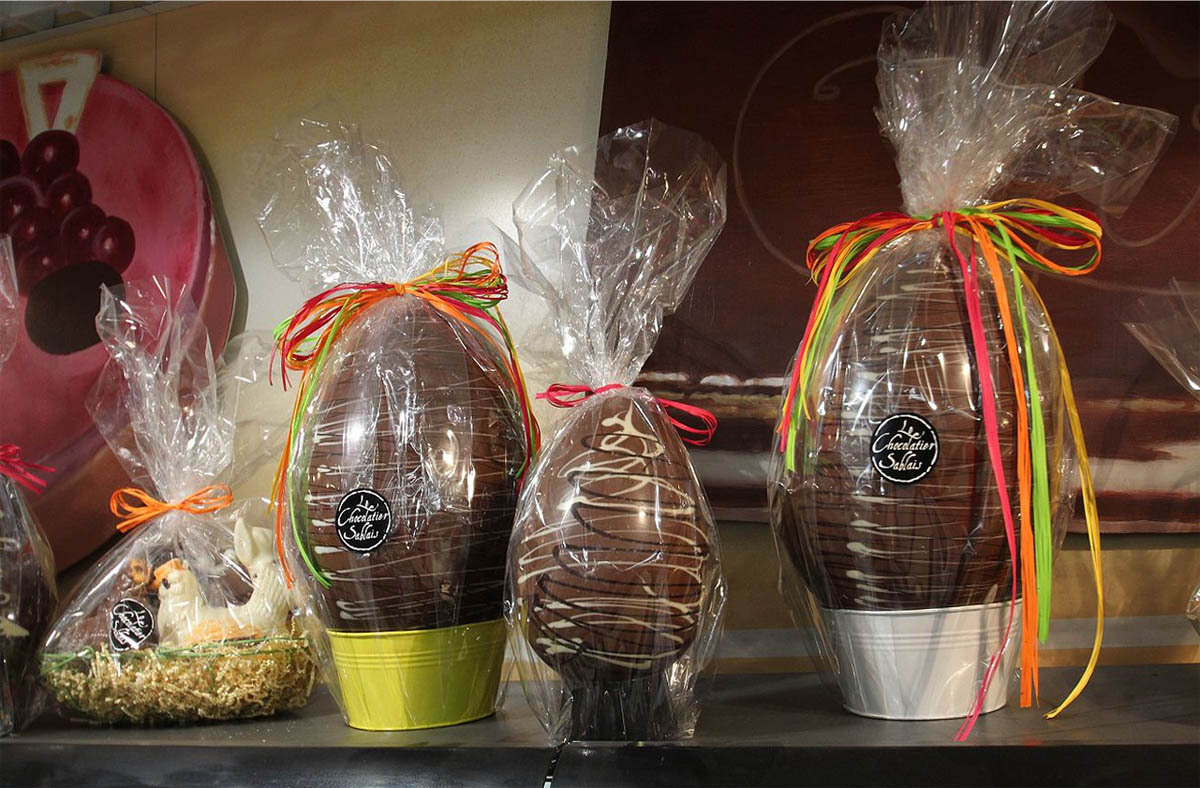
New Year resolutions have been made and broken, Valentine’s Day has come and gone and now we are about to be bombarded with Easter consumables, most of which are encased in single-use plastic!
It is estimated that the UK will spend a mind-boggling £800m at Easter; £381m on eggs (ouch that’s a lorra, lorra calories!) – 62 per cent packaging and 38 per cent egg – with each child in the UK receiving, on average, nine eggs each this Easter! Many brands have been listening to consumers and are switching to more sustainable packaging, which is good news, and it is to be hoped that this trend will continue, because 8,000 tonnes of packaging waste is what we accumulate at this season. Even if much of it is recyclable, that’s a mammoth waste of resources for such a short period of time. It’s like Christmas waste all over again.
What about the 20 million hot-cross buns we indulge in at this time of year? Delicious, but they are sold in single-use plastic. Then there’s the huge amount of greeting cards sent, a large percentage of which are unrecyclable due to the added extras of glitter, foil, buttons and bows. As for those plastic chicks … !
How can we help reduce the waste without compromising our enjoyment of the season? Let’s choose the chocolate eggs carefully, avoiding those with plastic trays and ‘windows’. Choose alternatives that don’t have individual plastic packets or plastic wrappers inside the main egg – it’s difficult to tell sometimes. Also, it seems that 73 per cent of the UK’s top-selling Easter eggs contain palm oil – you may want to give them a miss.
Have a try at making your own eggs – there’s help out there with how-to videos on the internet. Not a fan of the idea? Perhaps, instead, go for a pared down combination of a donation to a charity of your choice plus a much smaller egg, wrapped singly in foil. Better for the recipient’s health and healthier for the planet!




